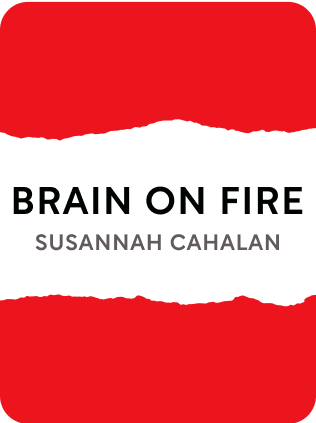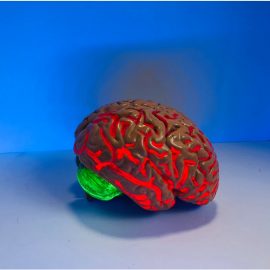

This article is an excerpt from the Shortform summary of "Brain On Fire" by Susannah Cahalan. Shortform has the world's best summaries of books you should be reading.
Like this article? Sign up for a free trial here .
What is a medical misdiagnosis? How many conditions did doctors suspect Susannah Cahalan had before correctly diagnosing her in Brain on Fire?
Medical misdiagnosis is a risk when someone has a rare disease. There were many conditions doctors considered, and Susannah was misdiagnosed more than once.
Read more about the issue of medical misdiagnosis.
Medical Misdiagnosis Begins
At the age of 24, New York Post reporter Susannah Cahalan is stricken with a terrible disease. In a matter of weeks, it morphs from paranoia into hallucinations, seizures, and psychosis. It resists diagnosis even by the most prestigious doctors in the US. Cahalan’s harrowing portrait shows how frail disease makes us, ready to accept any diagnosis, even when we know it’s wrong.
People in medical distress are often happier to get a dire diagnosis than to not get one at all. Susannah waiting a long time for an accurate diagnosis, facing one medical misdiagnosis after another.
After being overcome with nausea at work, she has to be walked home by her coworker Angela. Angela makes Susannah call her doctor. Dr. Rothstein tells her the results of the MRI are normal, then suggests that Susannah has a virus, possibly mono. She’s relieved to finally have a diagnosis.
Based on Susannah’s symptoms, the psychiatrist has suggested that Susannah has bipolar disorder and is having a manic episode. Once again, Susannah is thrilled to get a diagnosis, however dire it is. Many famous people, like Beethoven, Mark Twain, and Winston Churchill, suffered from bipolar disorder, so Susannah feels like she’s in good company.
Dr. Arslan is a psychopharmacologist, who suggests that Susannah might be suffering from “schizoaffective disorder,” a condition in which mood disorders overlap with thought disorders. He does not tell Susannah’s parents about his suggestion, believing the severity of the diagnosis would upset them.
Though Bailey is still convinced Susannah just drinks too much, he secures her a room at NYU Langone’s Advanced Monitoring Unit, with 24-hour EEG monitoring. As soon as they arrive at the hospital, Susannah has a seizure. Susannah is moved to a new room in the epilepsy ward. It’s peaceful and quiet.
Susannah’s behavior prompts Dr. Russo to change her diagnosis from “seizures” to “psychosis.” Without telling Susannah’s parents, she recommends transferring Susannah to a psych ward if warranted.
Getting to the Right Answer
But then the results of Susannah’s second spinal tap come in. Her white blood cell count has gone from 20 to 80, indicating that her brain is probably inflamed. This indicates that Susannah’s illness is physiological rather than emotional in nature. The news finally gives Susannah’s mom a clue she can wrap her head around. She spends the rest of the evening Googling medical terms like “meningitis” and “multiple sclerosis.” Dr. Russo changes the diagnosis from psychosis to inflammation from an unknown cause.
Only when Susannah becomes catatonic, staring death in the face, do two brilliant neurologists discover the problem: Susannah is suffering from an autoimmune disease that’s causing her antibodies to attack her own brain.

———End of Preview———
Like what you just read? Read the rest of the world's best summary of Susannah Cahalan's "Brain On Fire" at Shortform .
Here's what you'll find in our full Brain On Fire summary :
- How a high-functioning reporter became virtually disabled within a matter of weeks
- How the author Cahalan recovered through a lengthy process and pieced together what happened to her
- How Cahalan's sickness reveals the many failures of the US healthcare system






